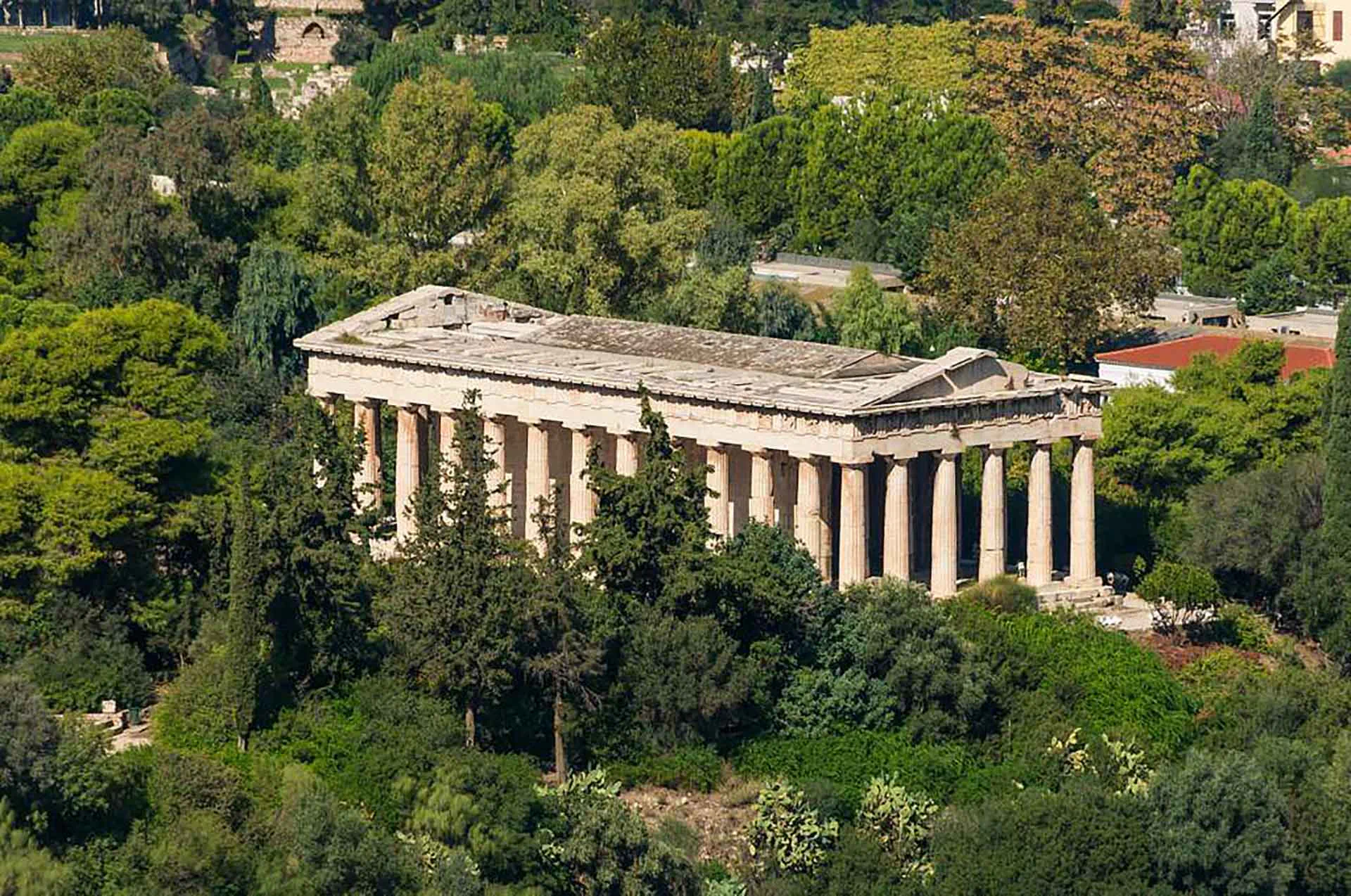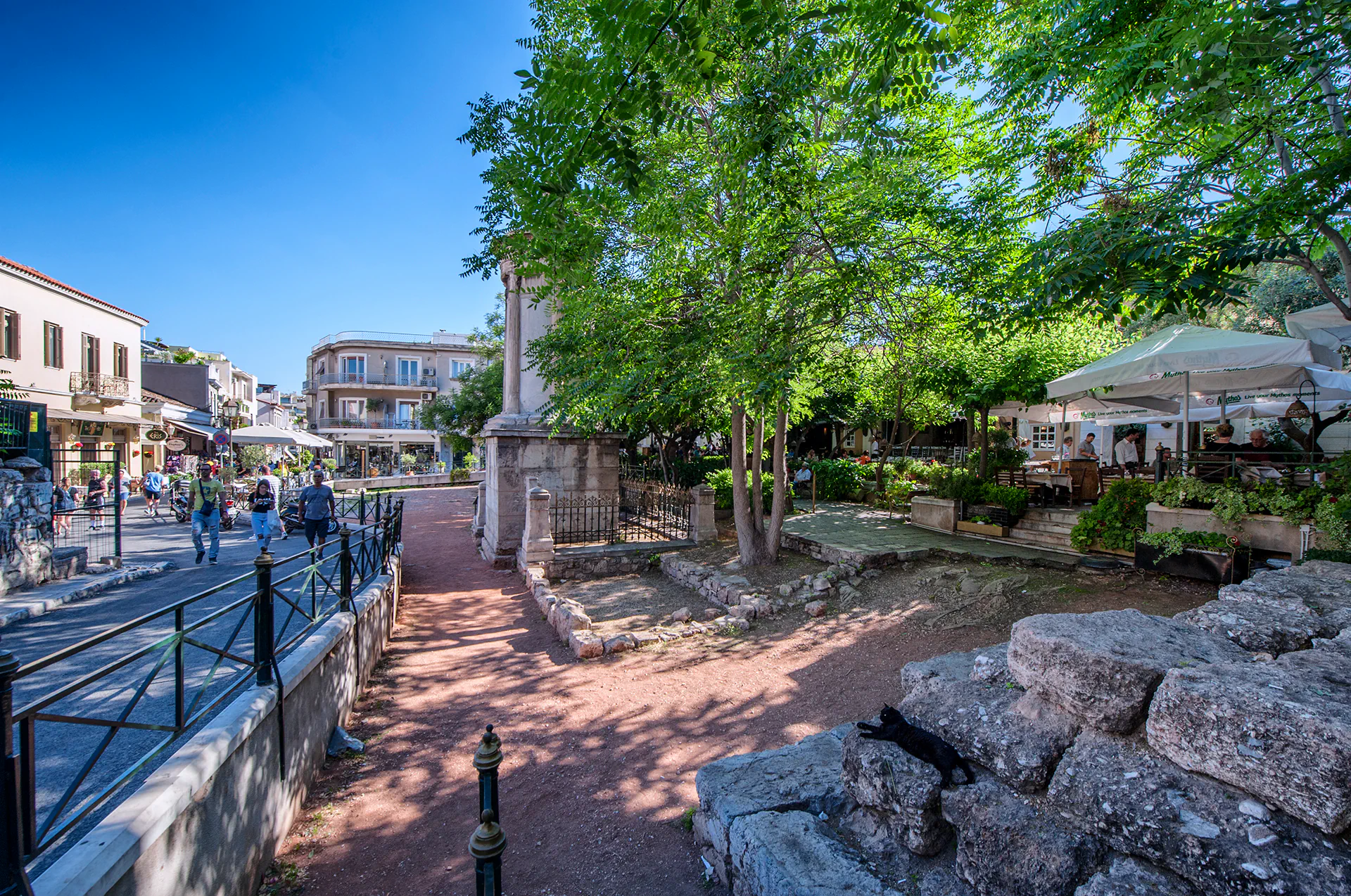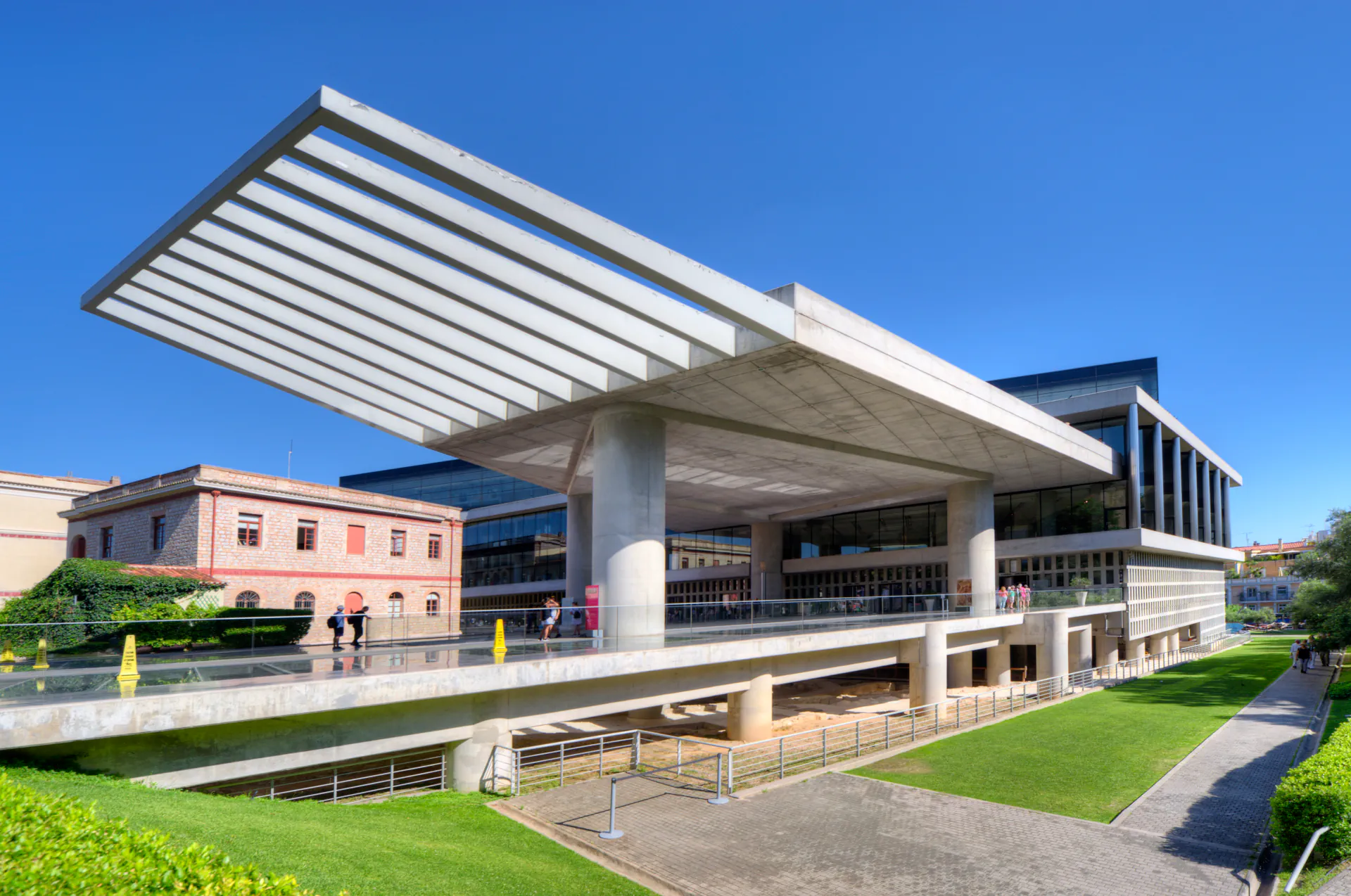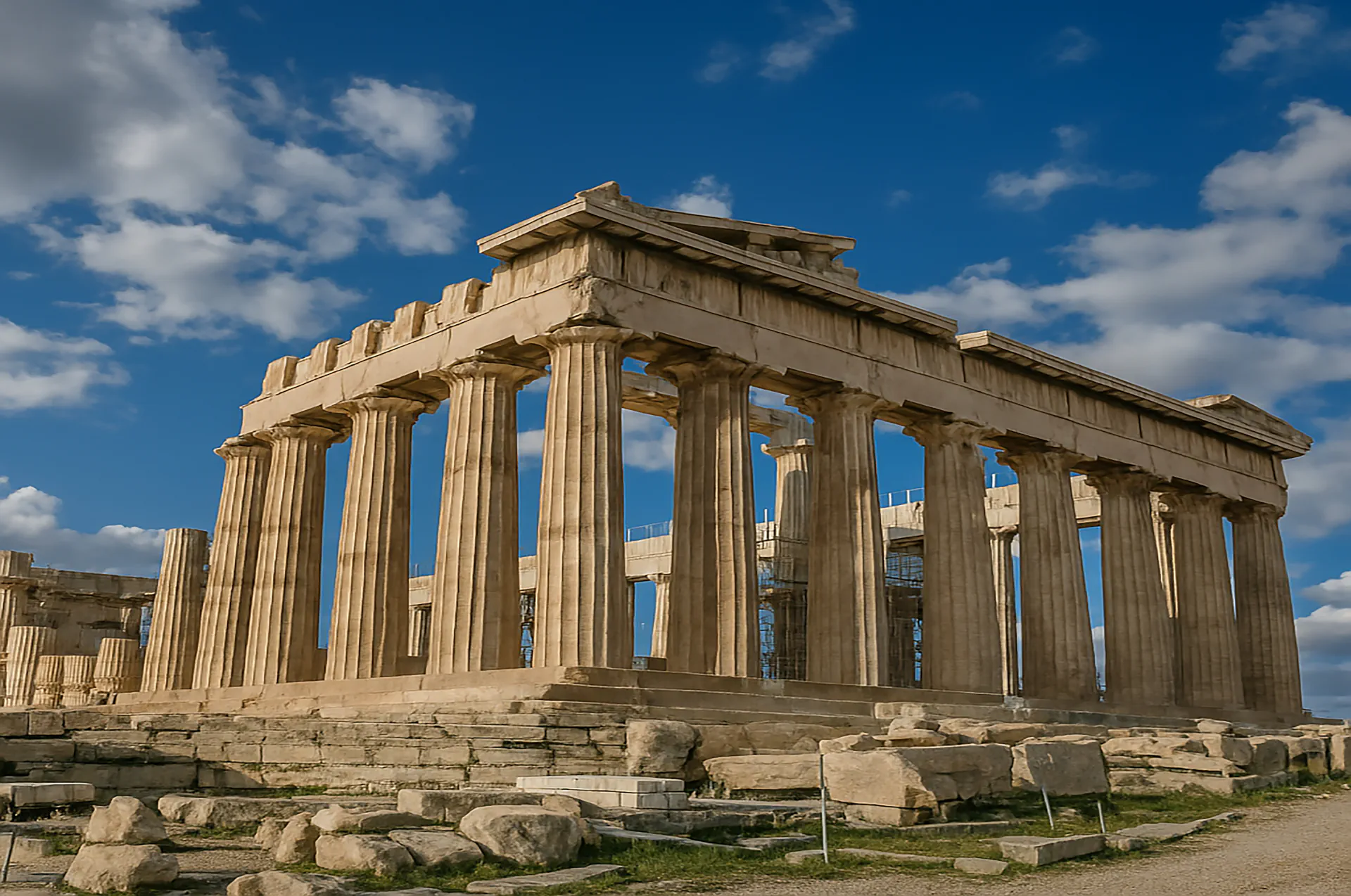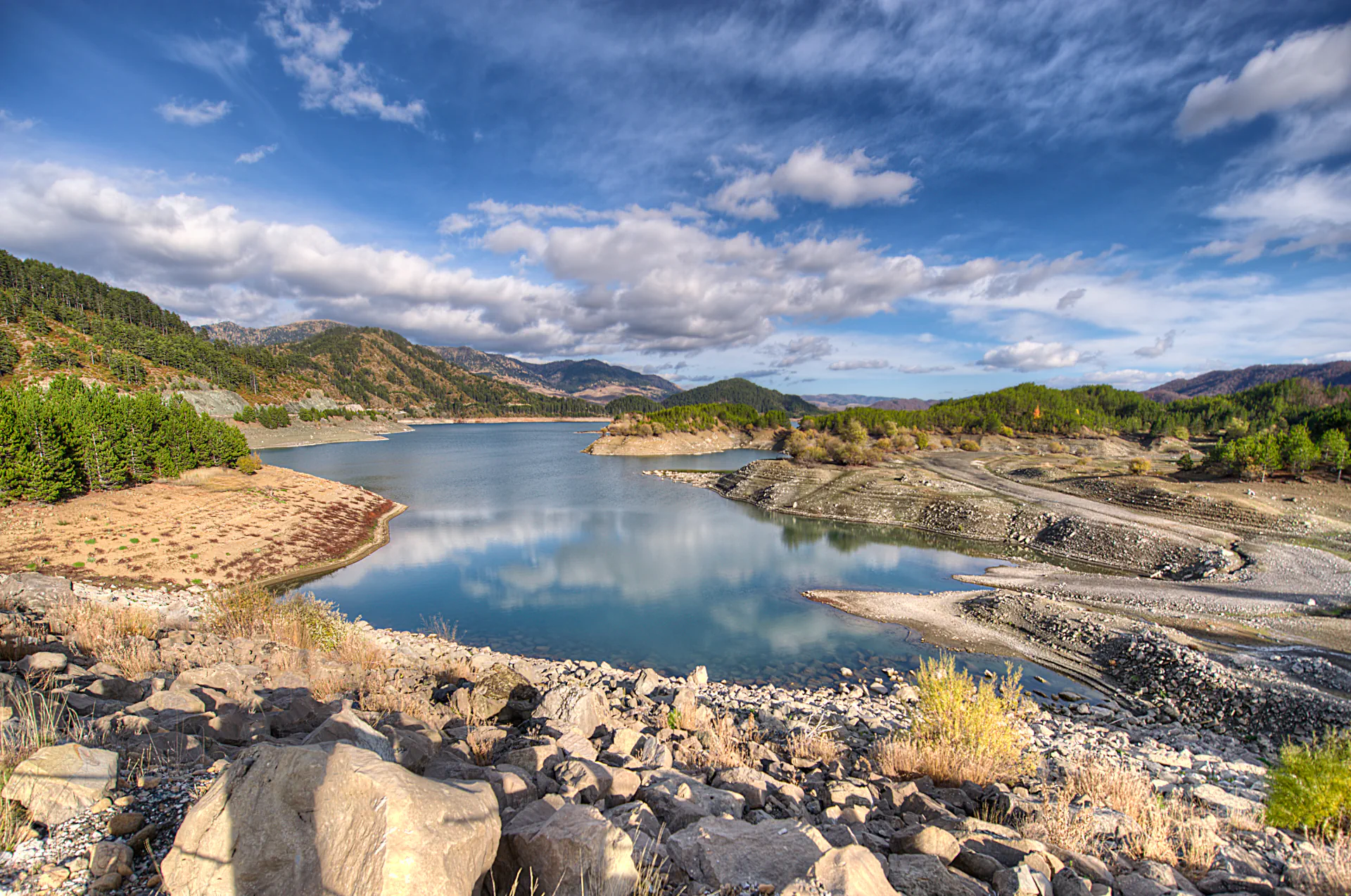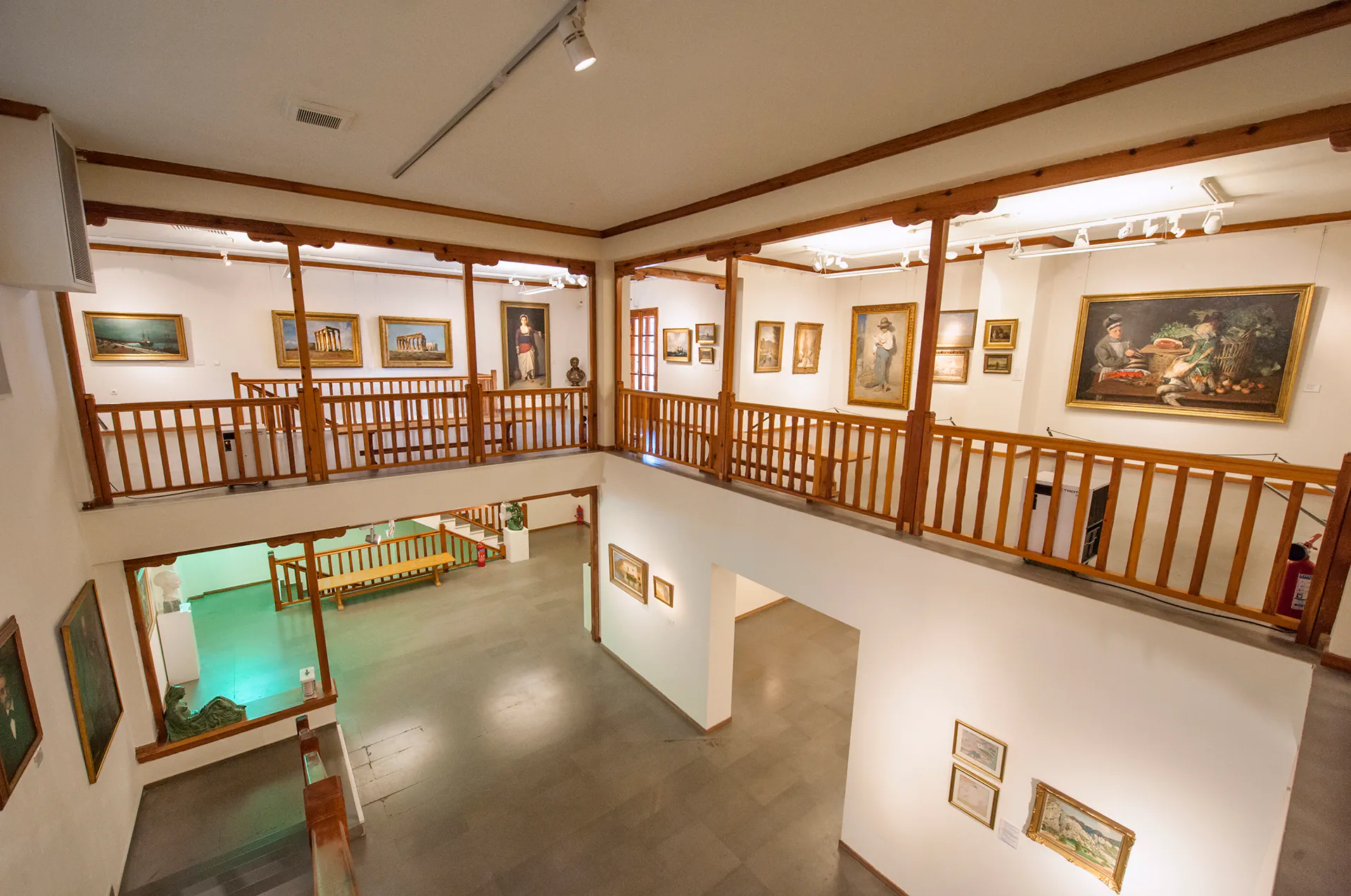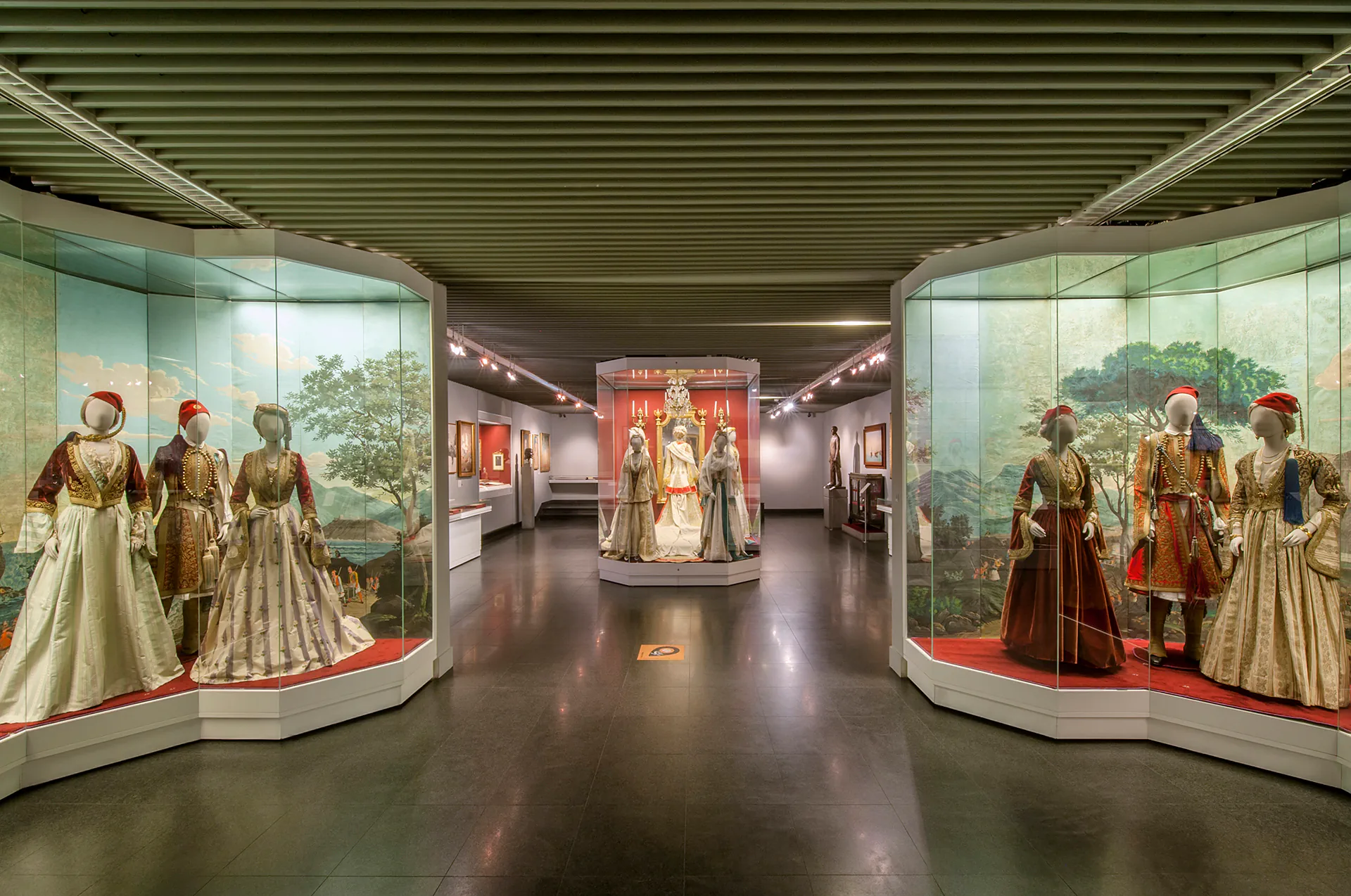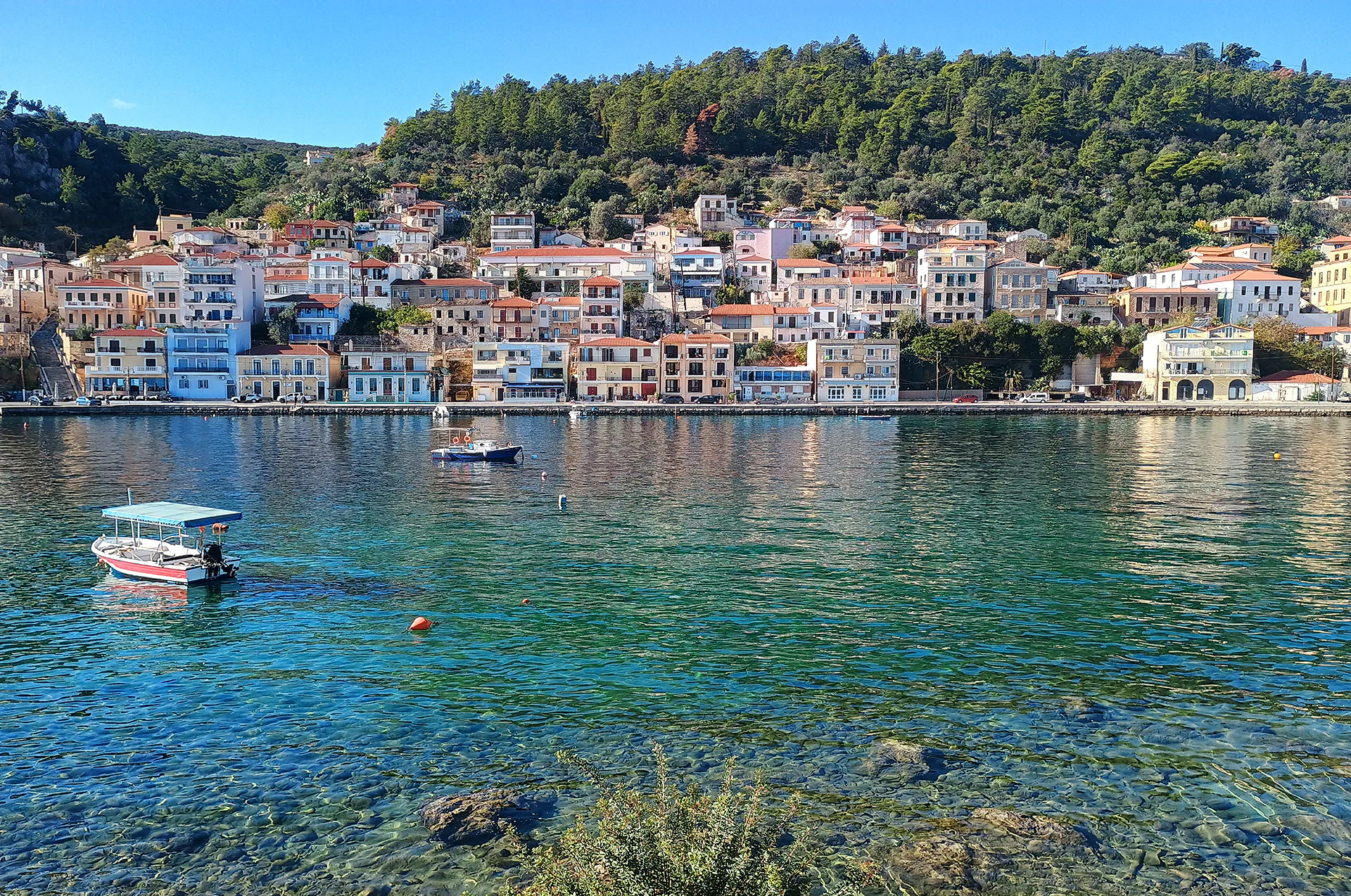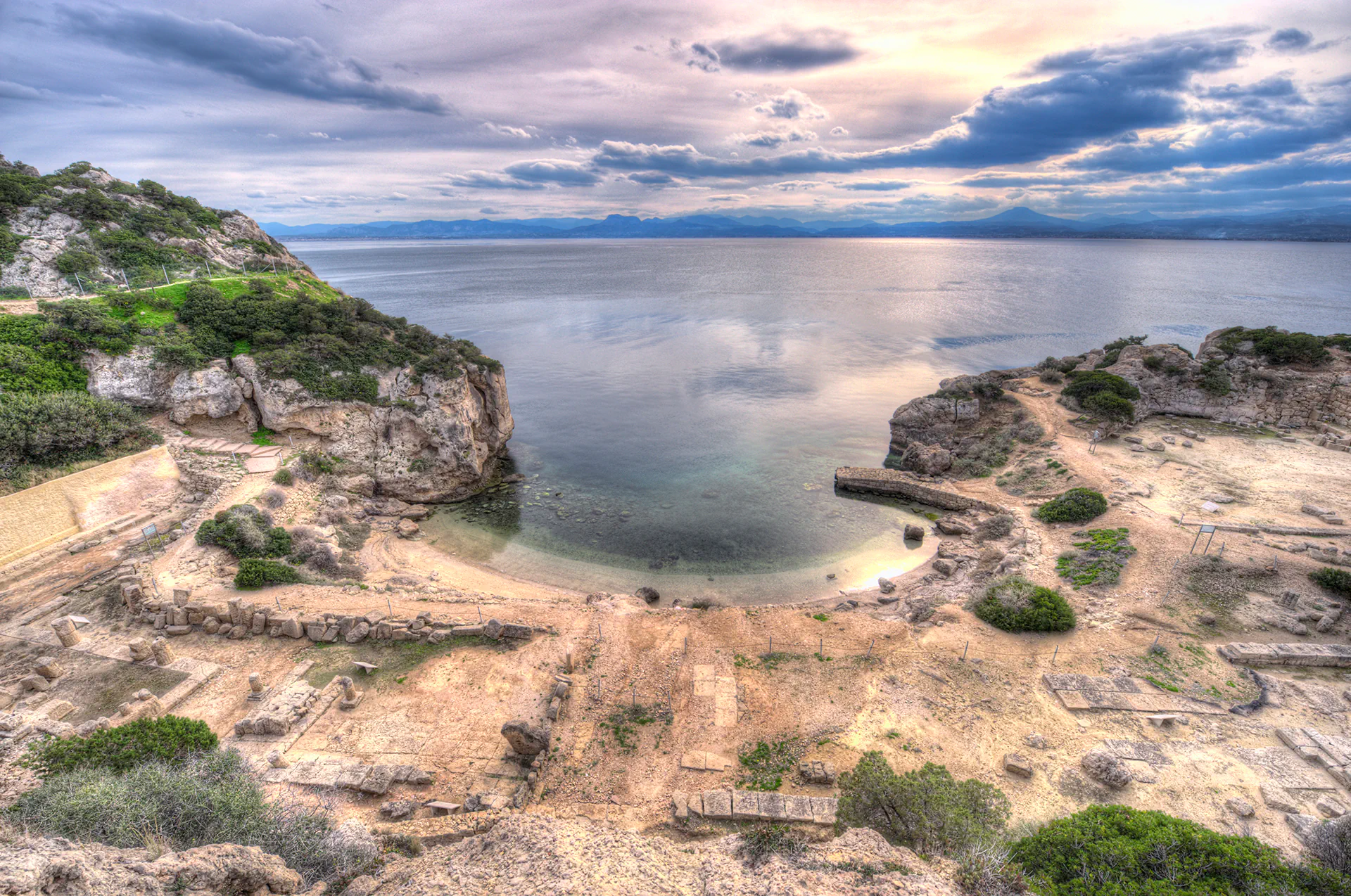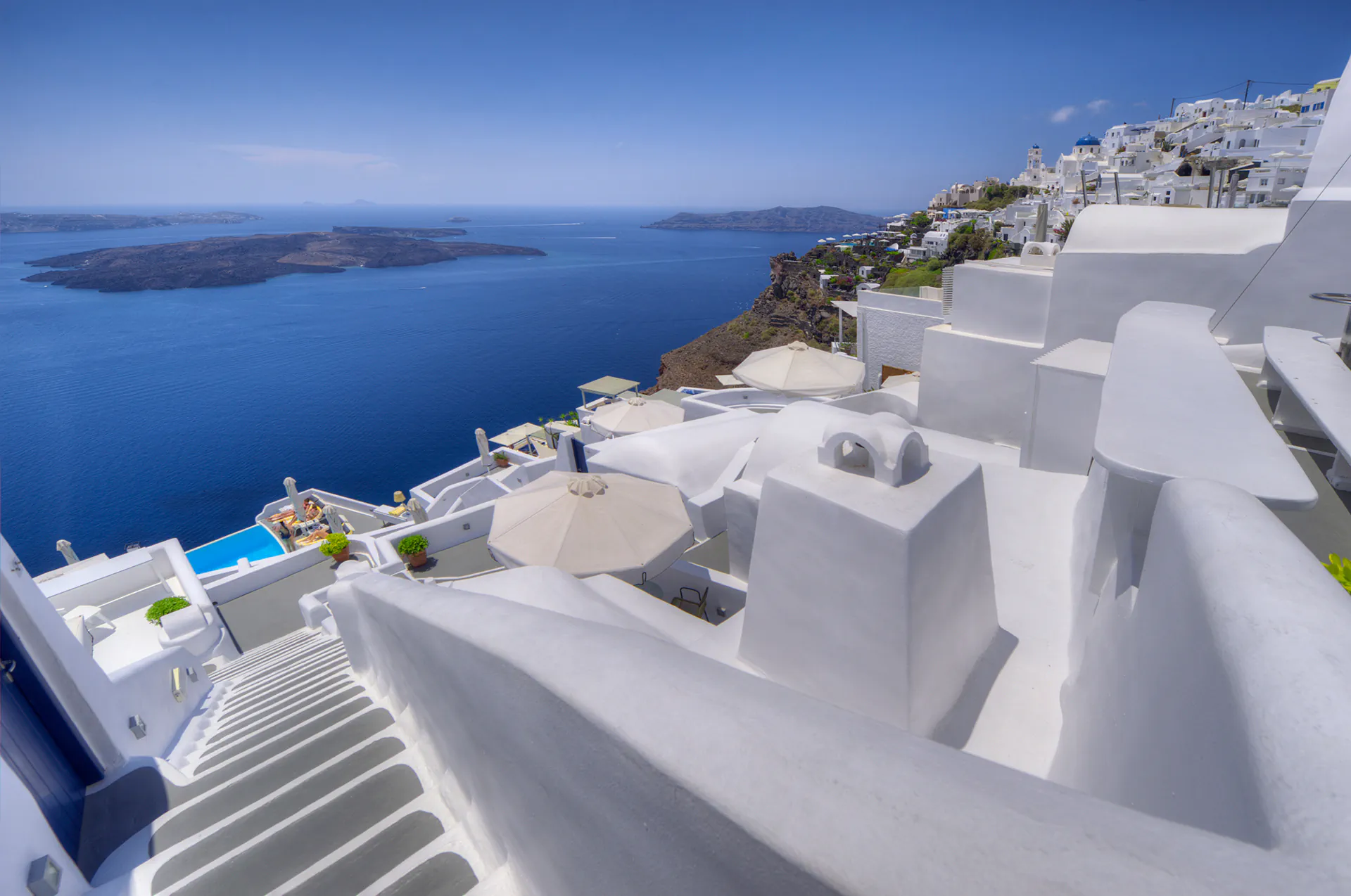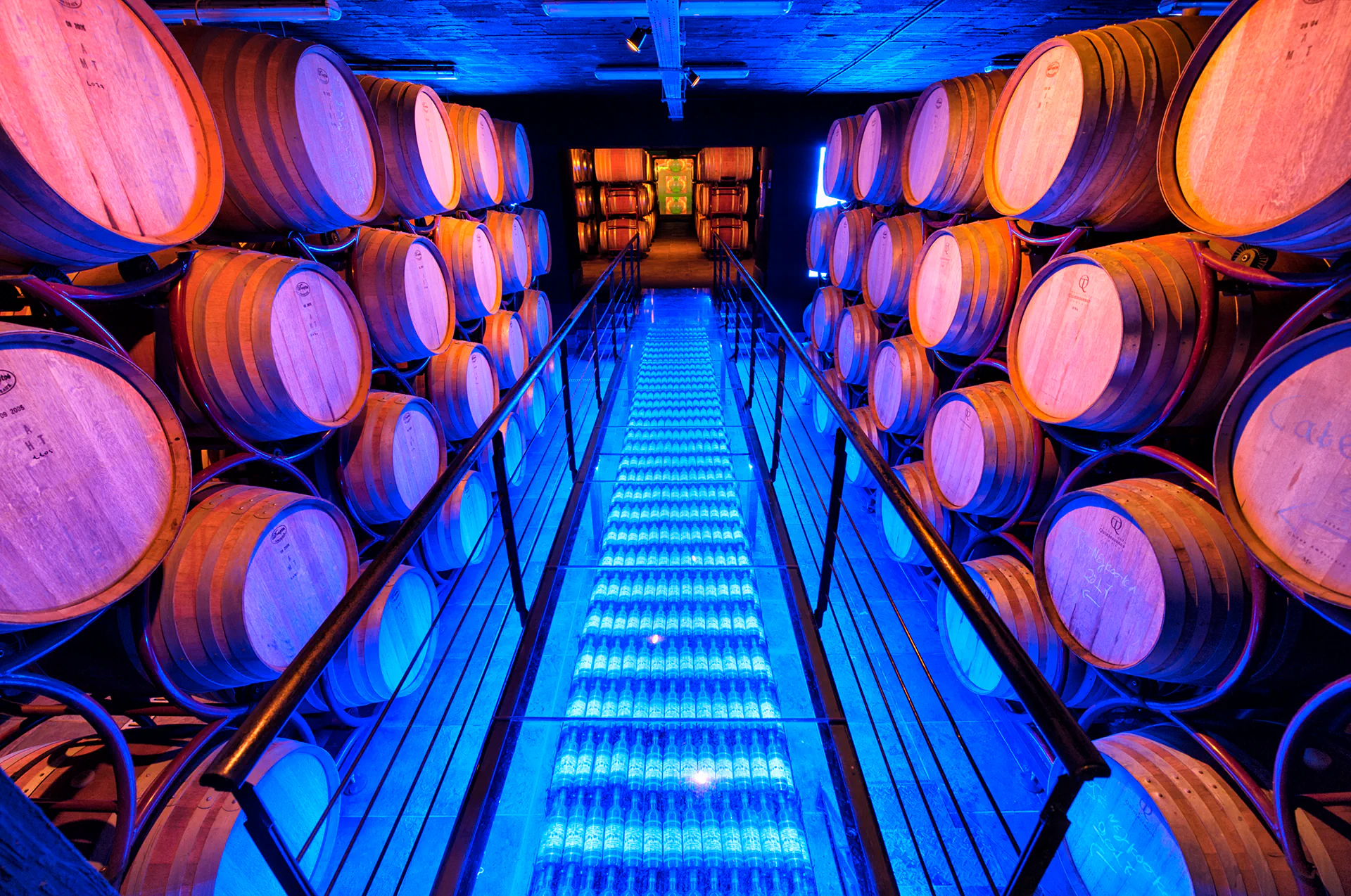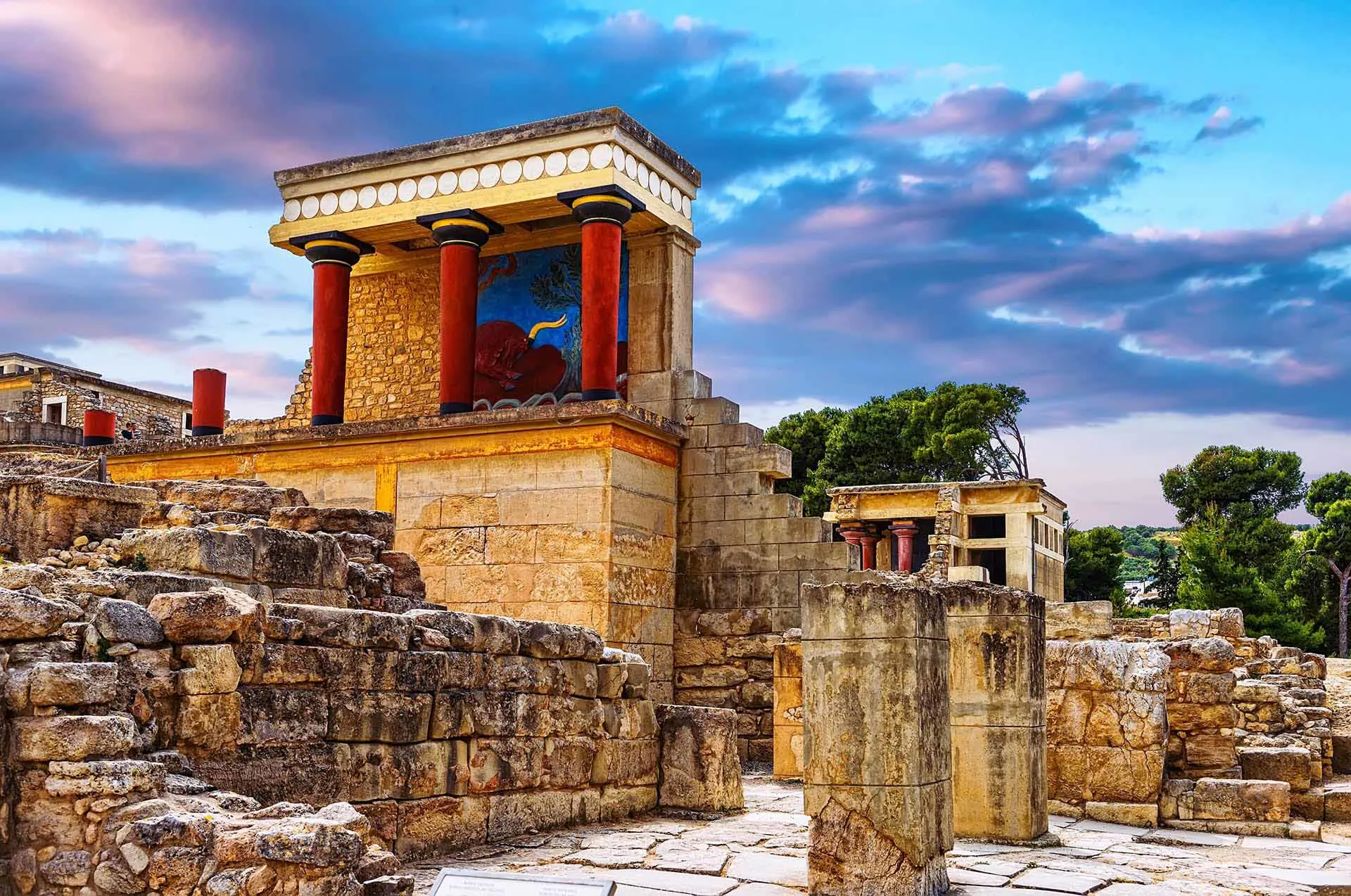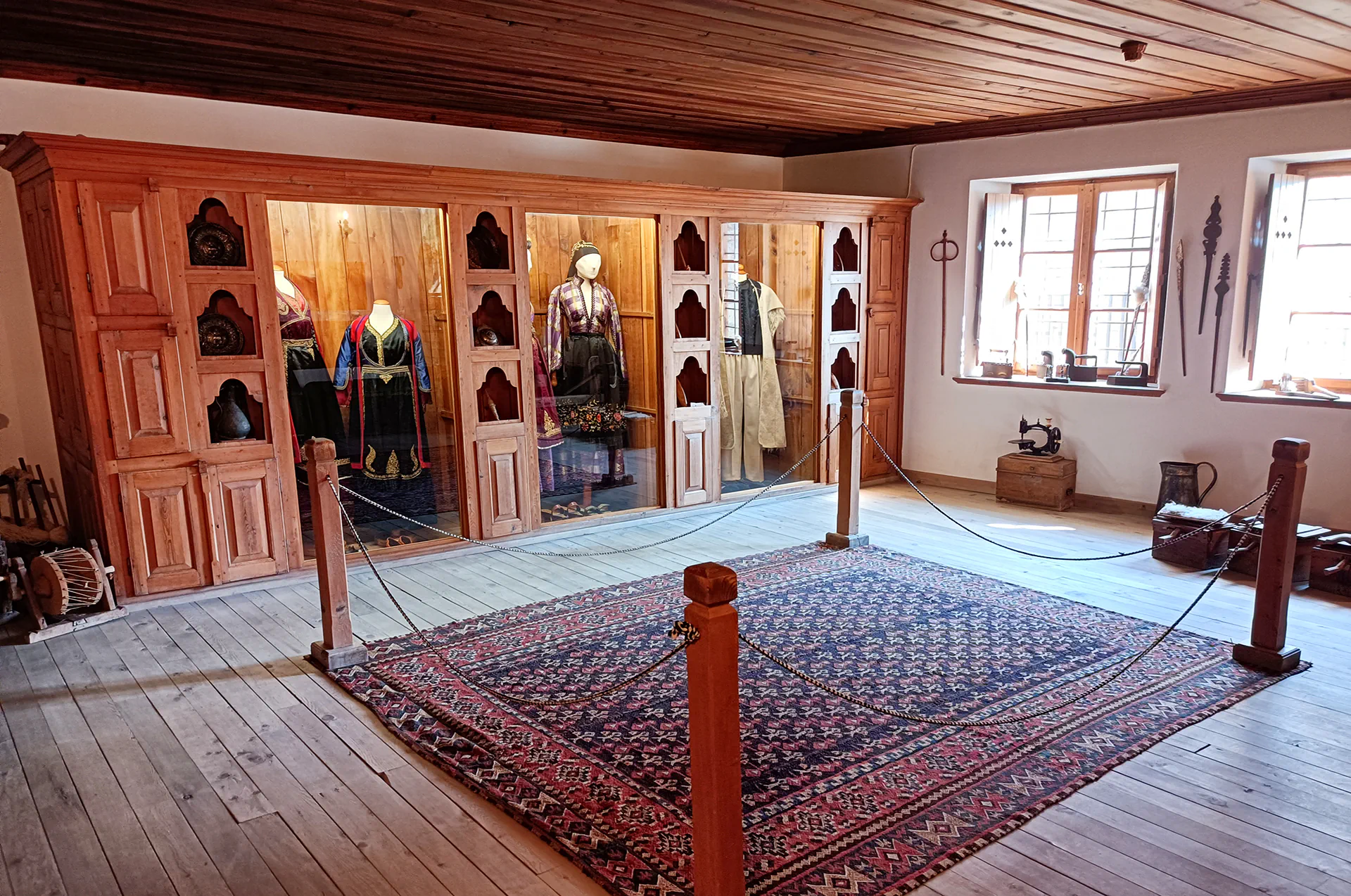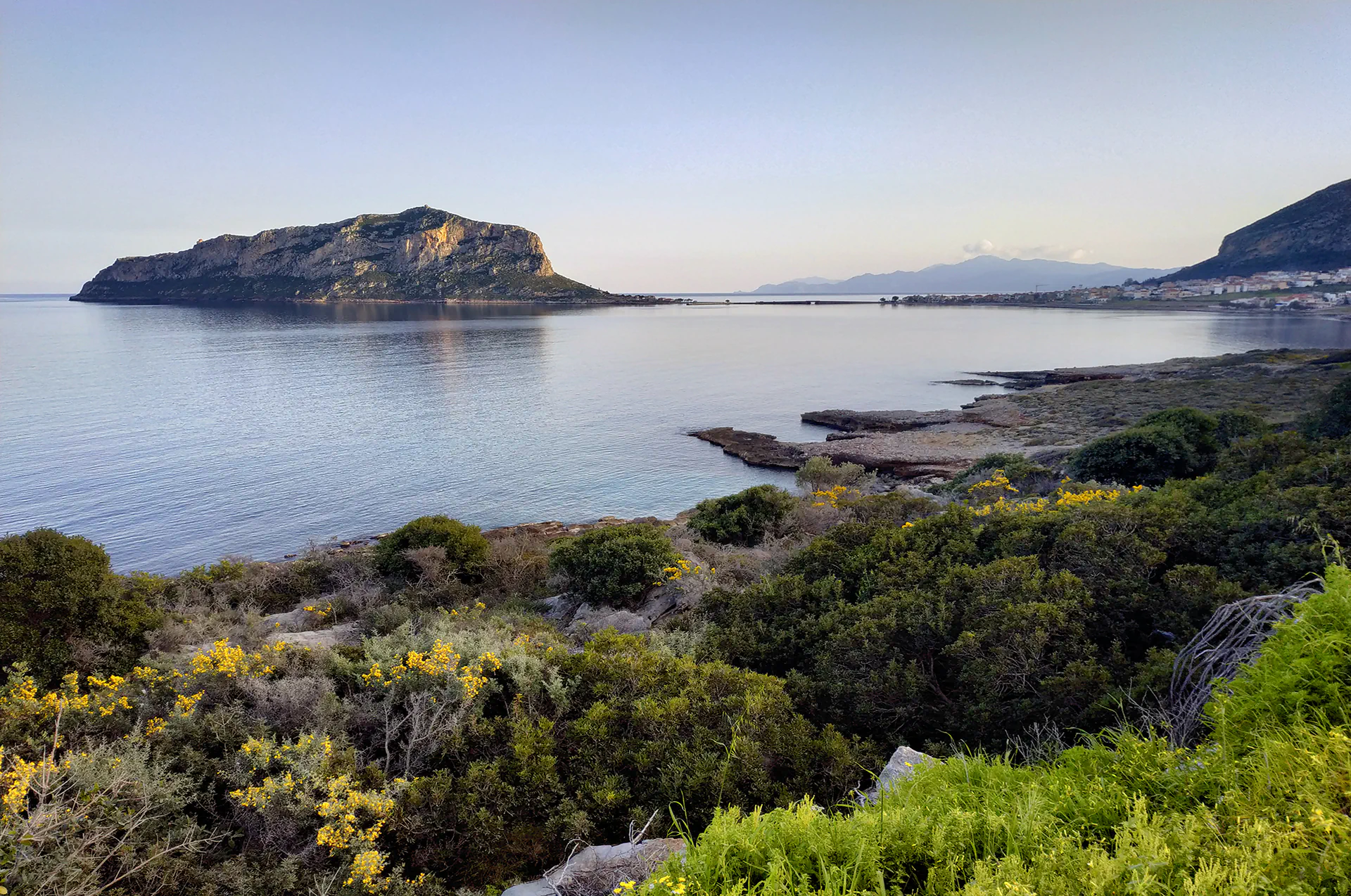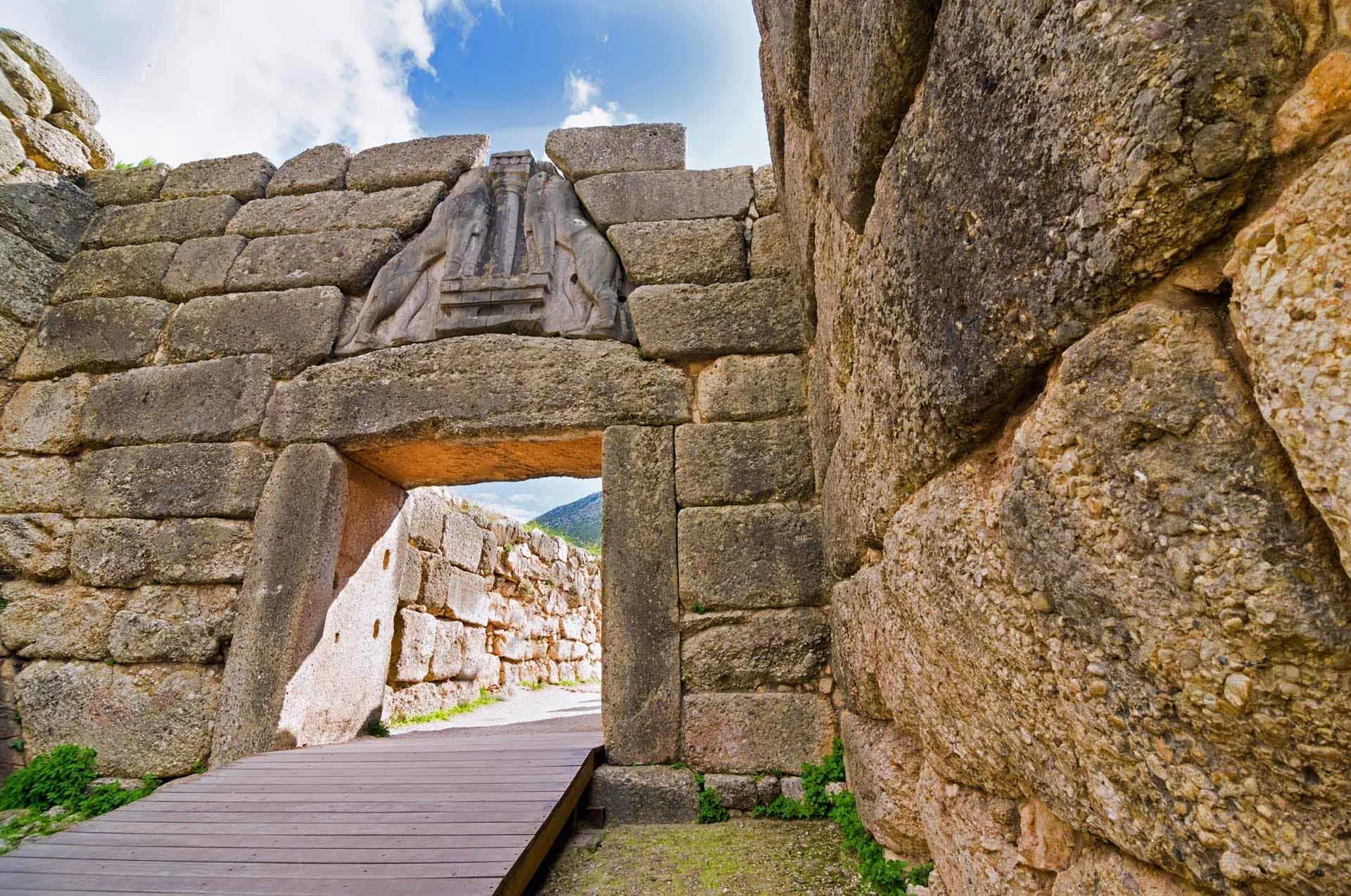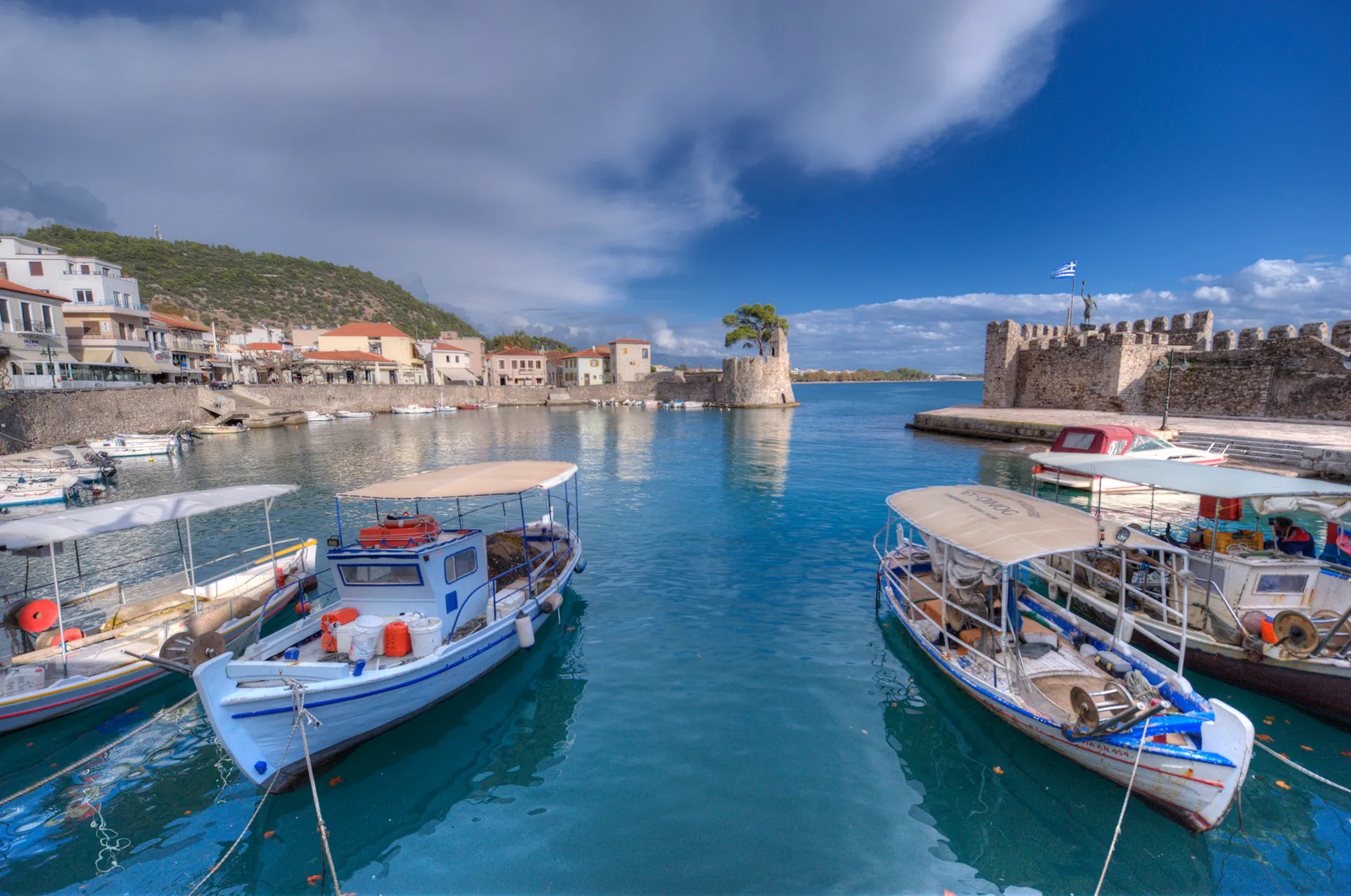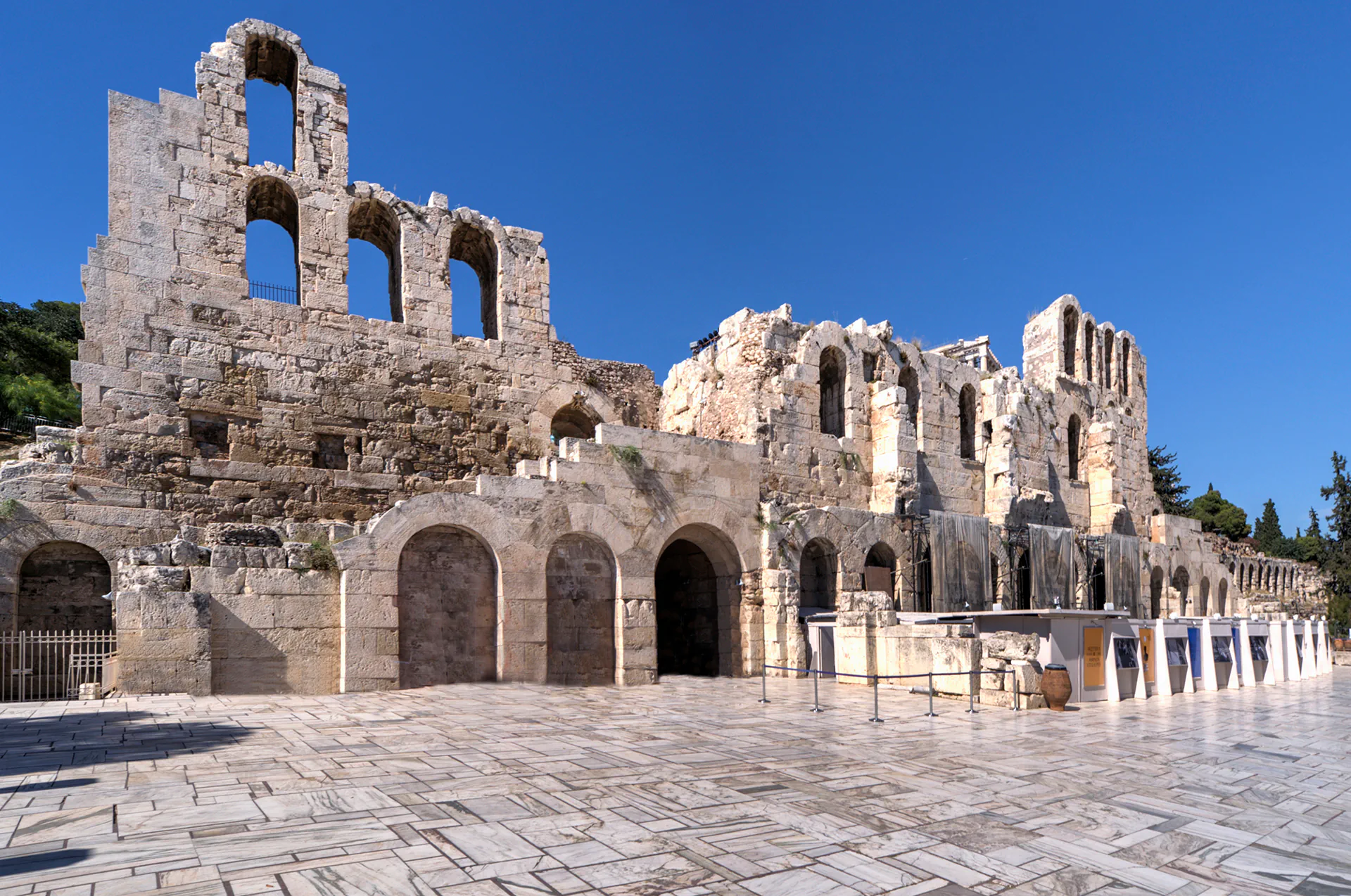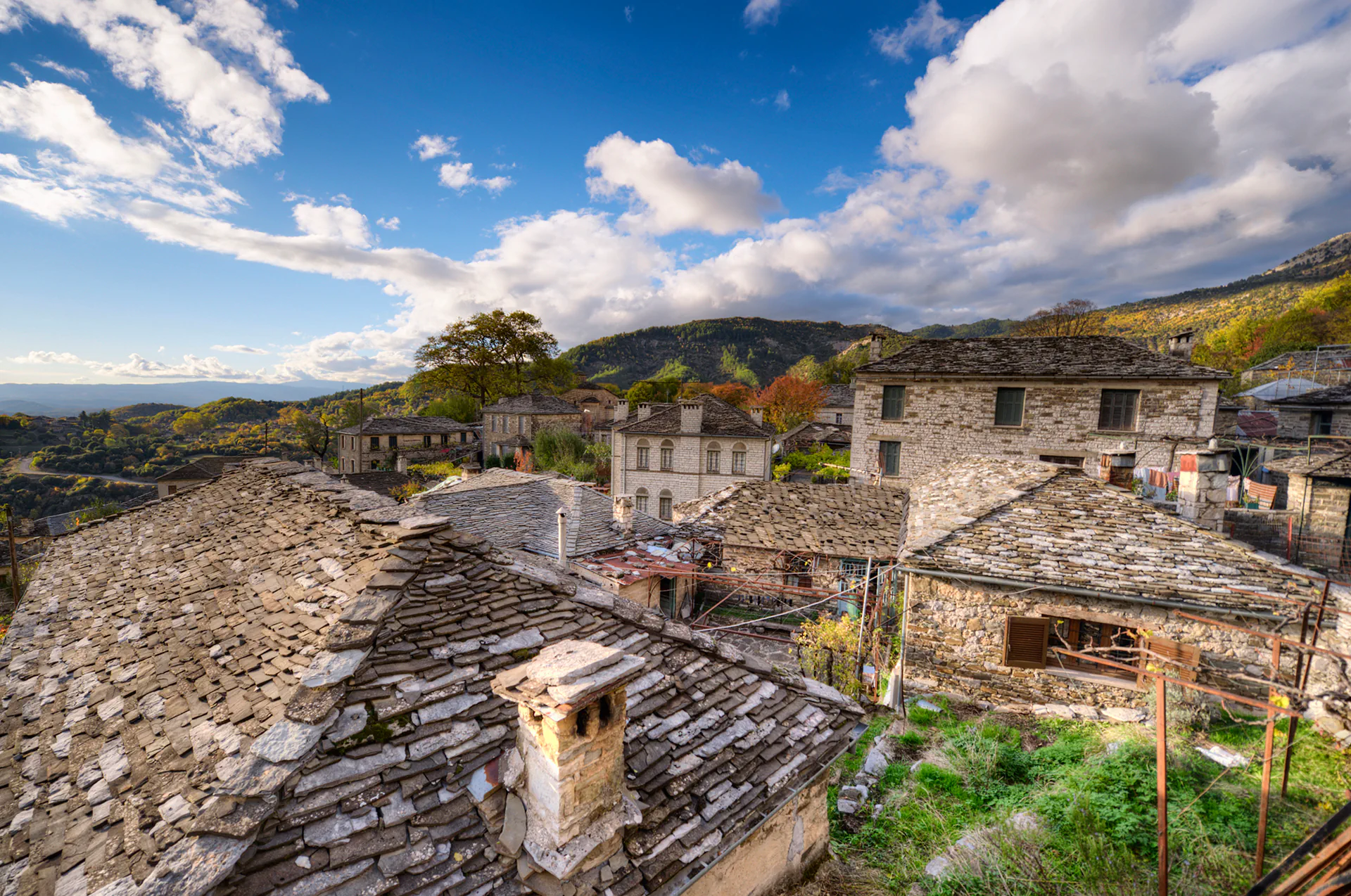TOP 5 ANCIENT SIGHTS IN ATHENS
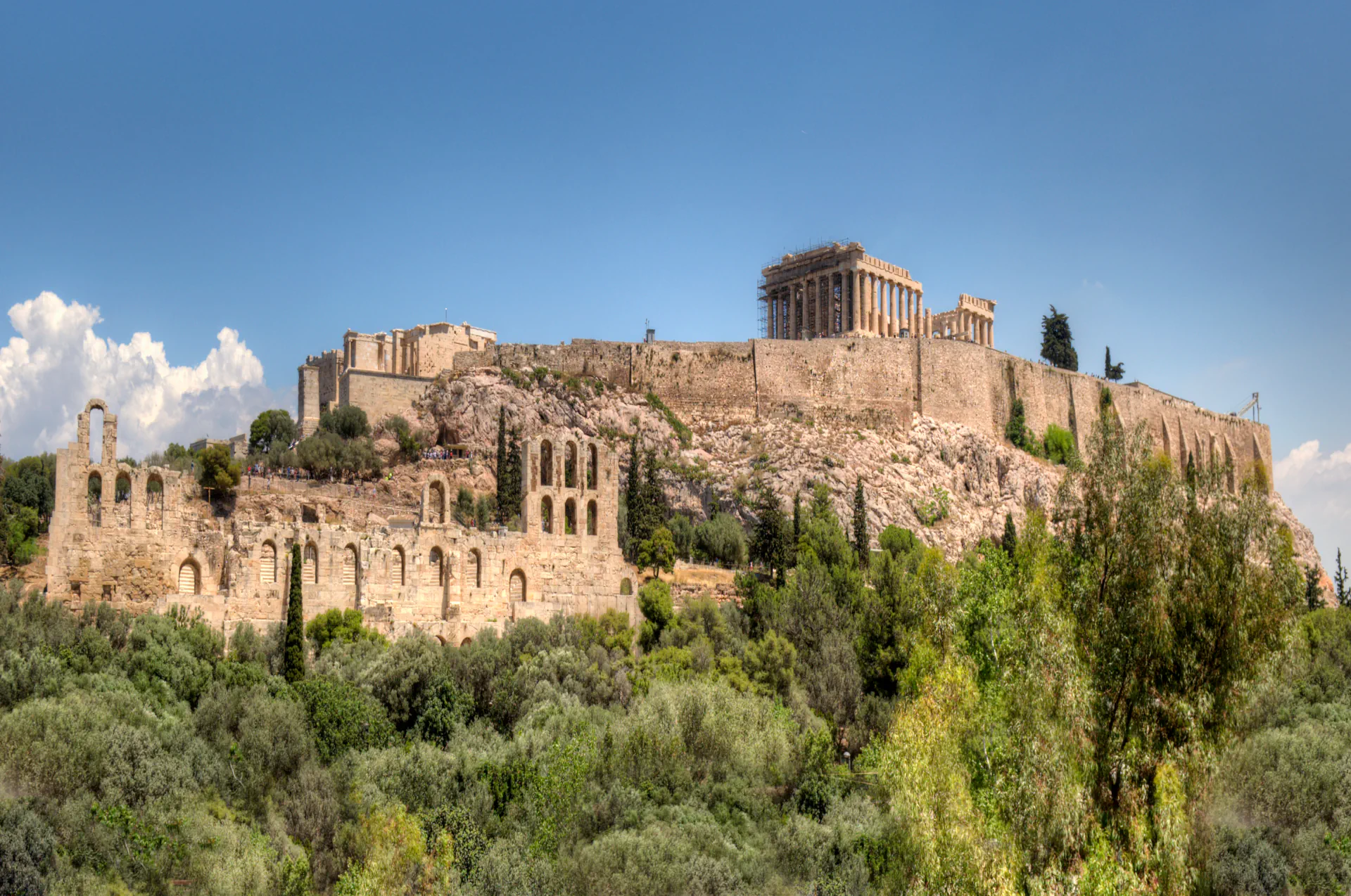
1. Acropolis and Parthenon
The Acropolis of Athens is the supreme expression of the adaptation of architecture to a natural site. This grand composition of perfectly balanced massive structures creates a monumental landscape of unique beauty, consisting of a complete series of architectural masterpieces of the 5th century BC. It’s the most striking and complete ancient Greek monumental complex still existing in our times, and is situated on a hill of average height (156m) that rises in the basin of Athens. Its overall dimensions are approximately 170 by 350m. The hill is rocky and steep on all sides except for the western side and has an extensive, nearly flat top. Strong fortification walls have surrounded the summit of the Acropolis for more than 3,300 years. The first fortification wall was built during the 13th century BC and surrounded the residence of the local Mycenaean ruler. In the 8th century BC, the Acropolis gradually acquired a religious character with the establishment of the cult of Athena, the city’s patron goddess. The sanctuary reached its peak in the archaic period (mid-6th century to early 5th century BC). In the 5th century BC, the Athenians, empowered by their victory over the Persians, carried out an ambitious building program under the leadership of the great statesman Perikles, comprising a large number of monuments including the Parthenon, the Erechtheion, the Propylaia, and the temple of Athena Nike. The monuments were developed by an exceptional group of architects (such as Iktinos, Kallikrates, Mnesikles) and sculptors (such as Pheidias, Alkamenes, Agorakritos), who transformed the rocky hill into a unique complex, which heralded the emergence of classical Greek thought and art.
2. Temple of Olympian Zeus
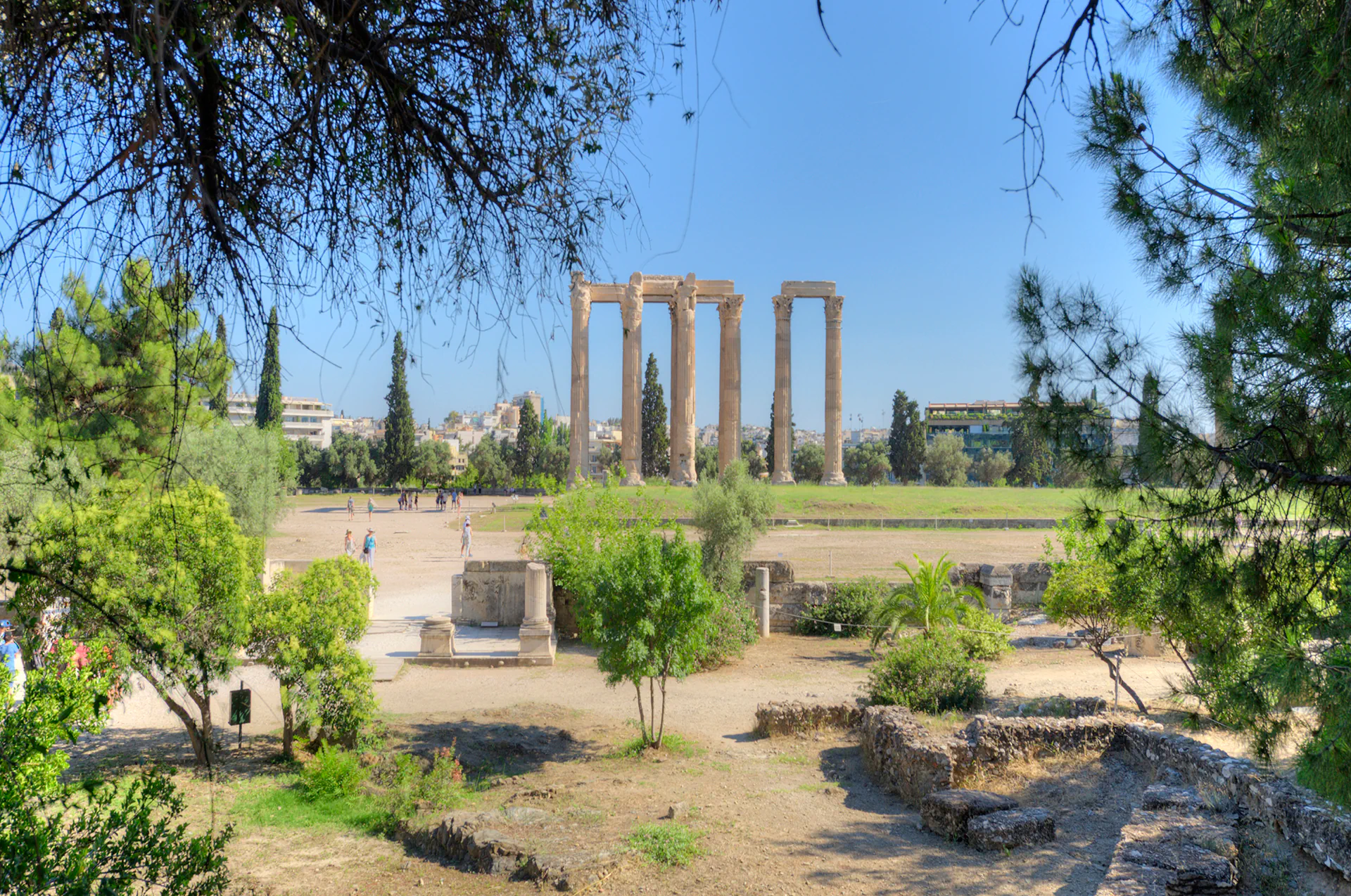
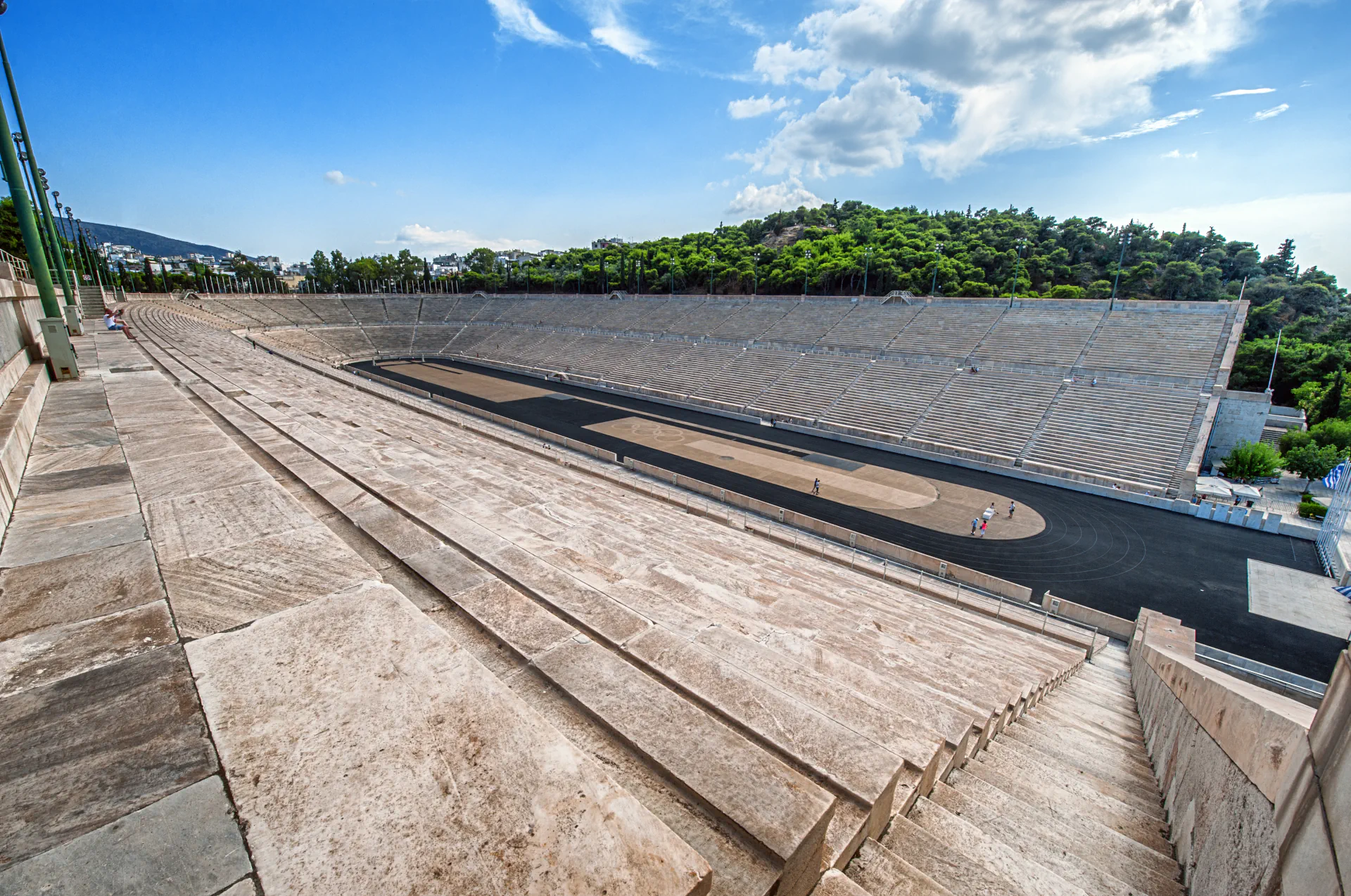
3. Panathenaic Stadium
The Panathenaic Stadium or Kallimarmaro (which means beautiful marble) is one of the classical cultural and touristic attractions of Athens and the only stadium in the world built entirely of marble. The stadium was originally built in the 4th century BC for the Panathenaic Games, a festival held in honor of the goddess Athena, the patron deity of Athens. It was rebuilt in marble by the Roman senator Herodes Atticus in 144 AD, giving it the distinctive white marble appearance that it is known for today. The Panathenaic Stadium was the site of athletic competitions and other events throughout ancient Greek and Roman times. It could seat up to 50,000 spectators and hosted various sporting events, including foot races, wrestling, and pentathlon competitions. In modern times, the stadium gained global attention as the site of the first modern Olympic Games in 1896. It was refurbished for the Games and has since hosted various Olympic events, including archery and the finish line for the marathon. Today, the Panathenaic Stadium is still used for special events and ceremonies, as well as a popular tourist attraction where visitors can experience the history and grandeur of ancient Greek athletics.
4. Ancient Agora
